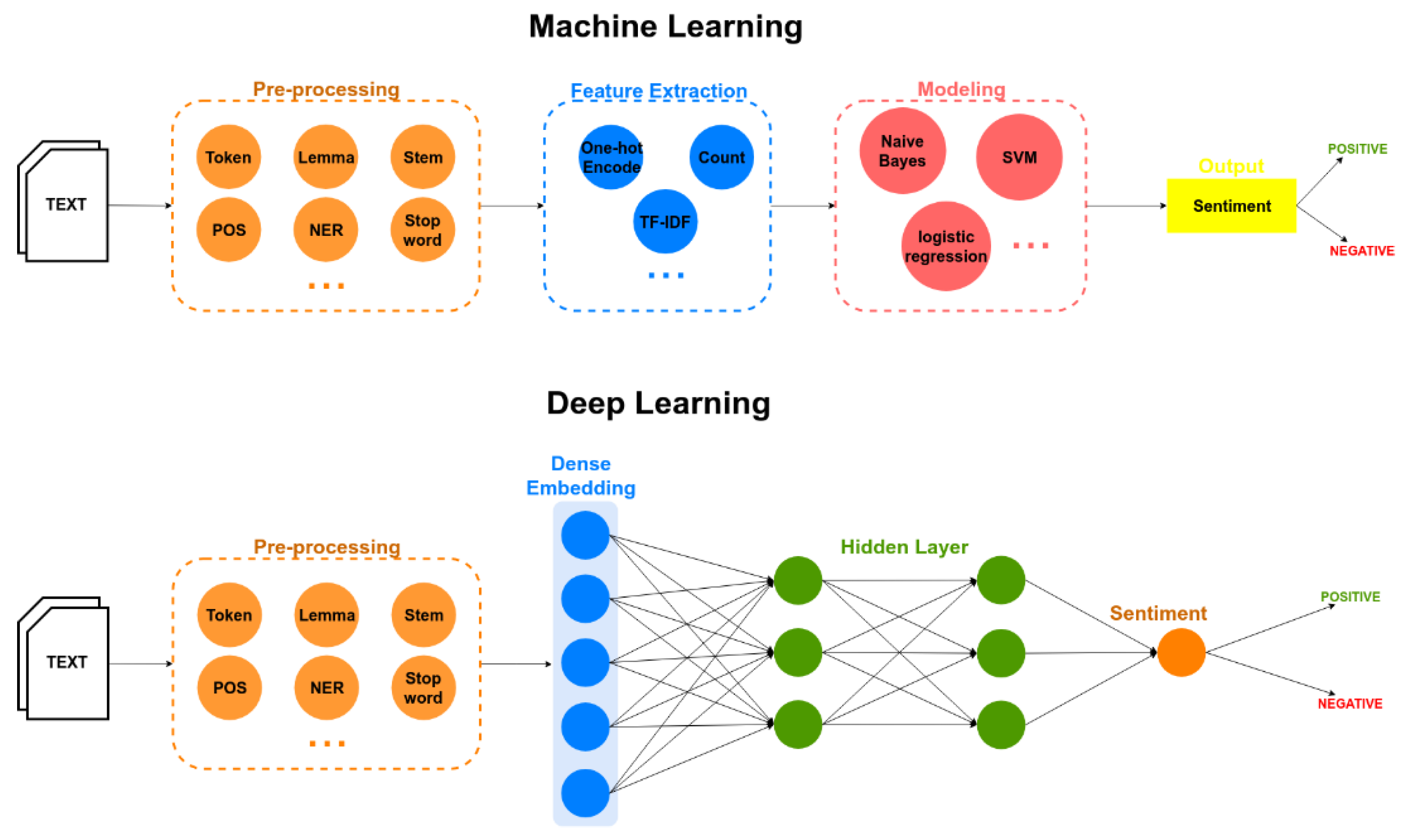Introduction
Neural Networks and Classical Machine Learning are two popular approaches in the field of artificial intelligence and data analysis. Both methods have their own strengths and weaknesses, and understanding the differences between them is crucial for choosing the right approach for a given problem. In this blog post, we will delve into a comparative study of Neural Networks and Classical Machine Learning, exploring their key characteristics, applications, and performance.
Neural Networks

Neural networks, inspired by the human brain, are a class of algorithms that excel at pattern recognition and complex data processing. They consist of interconnected nodes, or artificial neurons, organized in layers. Each neuron receives inputs, applies a mathematical transformation, and passes the output to the next layer. This process continues until the final layer produces the desired output.
Applications of Neural Networks
Neural networks have found success in various domains, including image and speech recognition, natural language processing, and predictive analytics. Their ability to learn from large datasets and extract intricate patterns makes them suitable for tasks such as image classification, sentiment analysis, and fraud detection.
Advantages of Neural Networks
One of the key advantages of neural networks is their ability to handle complex, non-linear relationships in data. They can automatically learn features from raw input, eliminating the need for manual feature engineering. Additionally, neural networks can generalize well to unseen data, making them suitable for tasks with high variability.
Disadvantages of Neural Networks
Despite their strengths, neural networks have some limitations. Training a neural network requires a large amount of labeled data, which may not always be available. Moreover, neural networks are computationally intensive and often require powerful hardware to achieve optimal performance. Interpreting the inner workings of a neural network can also be challenging, making it difficult to understand why certain decisions are made.
Classical Machine Learning
Classical machine learning algorithms, on the other hand, are a set of techniques that rely on statistical principles to make predictions or decisions. These algorithms are typically based on well-established mathematical models and do not involve complex neural architectures.
Applications of Classical Machine Learning
Classical machine learning algorithms have been successfully applied in various domains.
Summary
Neural Networks, inspired by the human brain’s structure and functioning, are a type of machine learning model that can learn and make predictions by analyzing large amounts of data. They consist of interconnected layers of artificial neurons, each performing simple computations and passing the results to the next layer. Neural Networks have gained significant popularity in recent years due to their ability to handle complex tasks such as image recognition, natural language processing, and speech synthesis.
On the other hand, Classical Machine Learning refers to traditional statistical and probabilistic models that are widely used in various domains. These models rely on predefined features and algorithms to make predictions. Unlike Neural Networks, Classical Machine Learning models do not have the same level of complexity and flexibility, but they often excel in interpretability and explainability.
In this comparative study, we will explore the strengths and weaknesses of both Neural Networks and Classical Machine Learning. We will discuss their applications in different domains, such as healthcare, finance, and computer vision. Additionally, we will analyze their performance in terms of accuracy, training time, and scalability.
By the end of this blog post, you will have a clear understanding of the differences between Neural Networks and Cl company website assical Machine Learning, enabling you to make informed decisions when choosing the appropriate approach for your specific problem or project.
- Q: What is the difference between neural networks and classical machine learning?
- A: Neural networks are a type of machine learning model inspired by the human brain, while classical machine learning refers to traditional algorithms and techniques used for solving problems.
- Q: How do neural networks and classical machine learning models learn?
- A: Neural networks learn by adjusting the weights of connections between artificial neurons through a process called backpropagation, while classical machine learning models learn by finding patterns and relationships in the input data.
- Q: Which approach is better for complex tasks?
- A: Neural networks are generally better suited for complex tasks that involve large amounts of data and require high accuracy, as they can learn intricate patterns and relationships. Classical machine learning models may be more appropriate for simpler tasks.
- Q: Are neural networks more computationally expensive than classical machine learning models?
- A: Yes, neural networks can be more computationally expensive due to their complex architecture and the need for training on large datasets. Classical machine learning models often have simpler computations.
- Q: Can classical machine learning models outperform neural networks in certain scenarios?
- A: Yes, classical machine learning models can outperform neural networks in scenarios where the dataset is small, the problem is well-defined, and the input features are carefully engineered.

Welcome to my website! My name is Timothy Woodruff, and I am a passionate and experienced IoT Solutions Architect. With a deep understanding of digital transformation, IoT innovations, hardware reviews, and AI updates, I am dedicated to helping businesses harness the power of technology to drive growth and efficiency.

